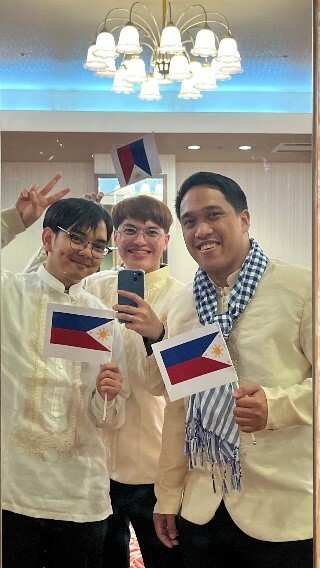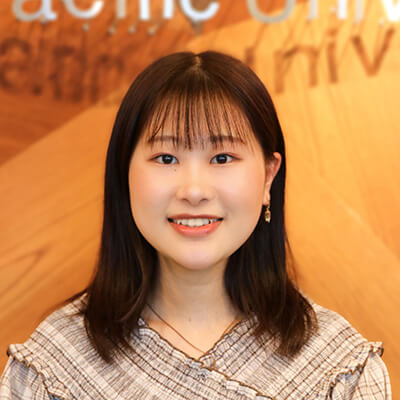1min to read
Barong: A Symbol of Cultural Identity
The traditional Filipino attire known as the Barong Tagalog—or simply Barong—is deeply connected to the country’s climate, industry, and history. To learn more, we spoke with John (nickname), a third-year student from the College of Asia Pacific Studies and a native of Manila.
The Philippines is one of the world’s leading producers of pineapples and bananas, and the Barong is primarily made from the fibers of these plants. Although it has long sleeves, the garment is lightweight and highly breathable, making it ideal for the country’s hot and humid climate. It is commonly worn at formal occasions, such as weddings and ceremonies, and is often seen on presidents and government officials during diplomatic events.
The origins of the Barong can be traced back to the 16th century. At that time, local shirts worn by Filipinos were influenced by Spanish colonizers, who introduced elements of Western fashion, including geometric embroidery. Since then, the design has evolved with the times, but it remains closely tied to the country’s historical journey.
John, who has worn the Barong since childhood, proudly describes it as “a traditional symbol that represents our nation and identity.” He even brought one with him to Japan and has worn it at university events. “When I put it on, I naturally stand up straighter,” he says with a smile.
During spring break, I visited the Philippines and saw the Barong in person. I was captivated by its delicate embroidery and airy fabric. Experiencing how this climate-rooted attire continues to be worn with pride gave me a deeper appreciation for its cultural significance.

John (at left) wearing traditional attire at a cultural festival during an international exchange camp held in Fukuoka.

IDOS John Rey Sadang
Nickname: John
3rd-year student, College of Asia Pacific Studies
(Published in the morning edition of the Oita Godo Shimbun on April 22, 2025)
Based on a comprehensive cooperation agreement with Oita Godo Newspaper, since January 2022, Student PR Assistants (SPA) have been contributing their interviews with international students to the life and culture section of the newspaper’s morning edition. SPA will introduce different cultures and the interesting topics they raise from an authentic, student perspective. These student writers take this opportunity to get the newspaper’s readership and students interested in the world. They also aim to improve their skills with the aid of professional editors.
Natsuki Aoki
Hello! I'm Natsuki, an APS 4th year majoring in International Relations. I hope to inspire you all by sharing my interesting experiences, new discoveries, and encounters at APU. Yoroshiku onegaishimasu!












